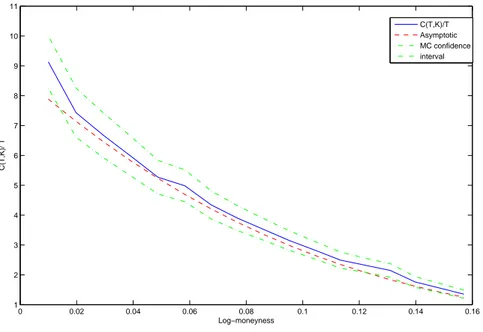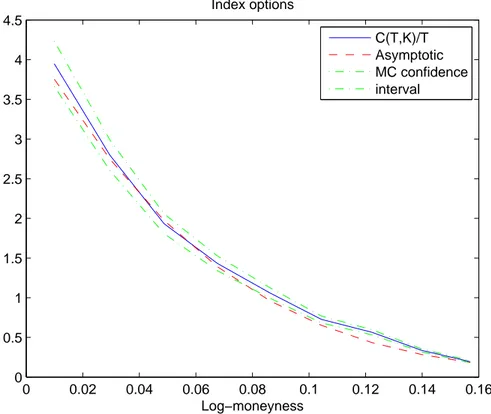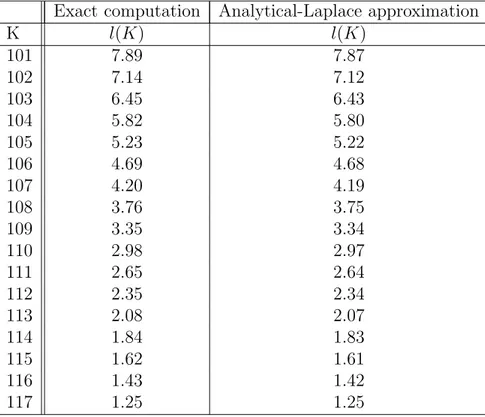Markovian Projection of Stochastic Processes
Texte intégral
Figure




Documents relatifs
The work of Ford, Kac and Mazur [1] suggests the existence of a quantum- mechanical analogue of the Ornstein-Uhlenbeck stochastic process [2]... If in addition
DAY, On the Asymptotic Relation Between Equilibrium Density and Exit Measure in the Exit Problem, Stochastics, Vol. DAY, Recent Progress on the Small Parameters Exit
In order to detail the probabilistic framework in the particular case of the example given in the introduction of this paper, let us consider a component which can be in two
The main result of Section 2 is Theorem 2.3 in which it is shown that the symbolic power algebra of monomial ideal I of codimension 2 which is generically a complete intersection
In the reliability theory, the availability of a component, characterized by non constant failure and repair rates, is obtained, at a given time, thanks to the computation of
The aim of this paper is to prove the exponential ergodicity towards the unique invariant probability measure for some solutions of stochastic differential equations with finite
Like in the Brownian case, numerical results show that both recursive marginal quantization methods (with optimal and uniform dispatching) lead to the same price estimates (up to 10
To see how hierarchical and mobile systems may be modelled in this algebra, using the combined sequential and parallel operations, consider a set of automata S and let us denote the
